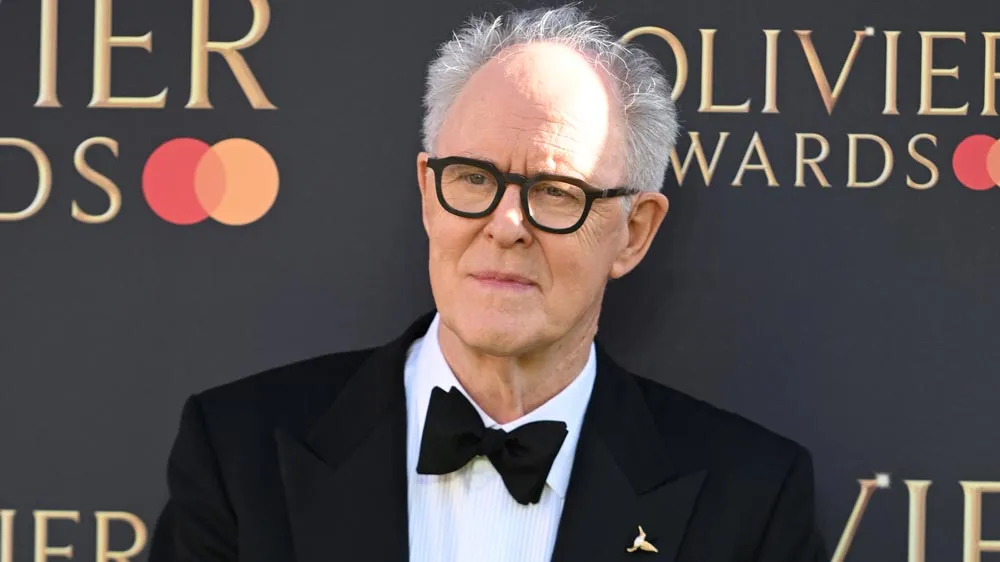August 22, 2018
History, Hollywood & Voodoo: All in a New Orleans Cemetery
Beth J. Harpaz READ TIME: 4 MIN.
If you've heard about New Orleans' famous cemeteries with their above-ground tombs, chances are you've heard about the gravesite of the so-called voodoo queen.
Her name was Marie Laveau and she is buried in St. Louis Cemetery No. 1. But visitors looking to visit her grave need to know a couple of things.
First, you can't sightsee there on your own. Since 2015, tourists have been allowed into the cemetery only on guided tours.
"We were having so much vandalism in the cemetery, in addition to panhandlers saying they were tour guides and handing visitors markers to mark up the tombs," said Sherri Peppo, executive director of New Orleans Catholic Cemeteries. "It got out of hand."
Even with the rules, the cemetery still gets some 200,000 visitors a year on authorized tours. And unlike the sprawling 19th-century garden cemeteries found elsewhere in the country, St. Louis Cemetery No. 1 is tiny and crowded, not much bigger than a square block. Chances are you'll be snaking in a line along the graveyard's cramped and narrow paths, taking turns gawking at the vaults where its most famous denizens are spending eternity.
The second thing to know is that Laveau's story is just one of many fascinating tales connected to this place. You'll also hear the story behind one of America's most famous court cases, Plessy v. Ferguson. You'll get a glimpse of a gleaming white tomb shaped like a pyramid owned by a Hollywood celebrity. And you'll see the vault where a famous scene from a classic 1960s movie was shot.
ARCHITECTURE AND HISTORY
New Orleans is celebrating its 300th birthday this year, marking the city's founding by French settlers in 1718. St. Louis Cemetery No. 1, the city's oldest graveyard, dates to 1789. Two explanations are offered for why its burial vaults are built above ground: because of the high water table and flooding, and because it was a European cultural custom.
The vaults are laid out like little houses in mazelike aisles that feel like tiny streets. Many are surrounded by black iron fences, as if they have private front yards.
"There is no architecture in New Orleans, except in the cemeteries," wrote Mark Twain in his book "Life on the Mississippi." He described the crypts as "graceful and shapely ... their white roofs and gables stretching into the distance," giving new meaning to "the phrase 'city of the dead.'"
Some tombs are decorated with sculptures and crosses. Many are in a picturesque state of decay, revealing layers of paint, brick and stone while weeds sprout through the cracks.
Some structures have wall vaults, with family members or individuals connected through various social organizations interred in separate chambers in one large tomb.
THE FAMOUS INHABITANTS
A marker on Laveau's tomb calls her the "notorious voodoo queen ... the most widely known of many practitioners of the cult." She died in 1881. Stories that she was also a hairdresser explain why some visitors drop ponytail holders and bobby pins at the site. Before the crackdown on vandalism, visitors asking her spirit to intervene for them would sometimes mark Xs on her tomb.
If you're a serious chess fan, you'll want to pay your respects at the burial site for Paul Morphy. He was a child prodigy and the greatest player of his era, dying in 1884.
An important name from U.S. civil rights history also appears on a tomb here: Homer Plessy. Plessy was born in New Orleans to Haitian parents and was of mixed European and African descent. Because of his light complexion, he was able to pass for white, but he chose to be the Rosa Parks of his time, purposely breaking a law that segregated passengers on trains. Plessy sat in a car reserved for whites while making his race known to challenge segregation, contending that it violated the 13th and 14th amendments of the U.S. Constitution.
Plessy was found guilty by a Louisiana judge, and in 1896, the U.S. Supreme Court upheld that decision in a notorious 8-1 ruling supporting "separate but equal" accommodations. That Plessy v. Ferguson decision stood as a legal justification for segregation until the 1950s.
THE HOLLYWOOD CONNECTION
Actor Nicolas Cage is alive and well but he's built a 9-foot-tall tomb shaped like a pyramid as his future resting place in St. Louis No. 1. The pristine white structure bears the words "omnia ab uno," which means "everything from one."
Fans of the 1969 cult classic movie "Easy Rider" will recognize the elaborate Italian Benevolent Society tomb as the backdrop for a scene where actors Dennis Hopper and Peter Fonda dropped acid while cavorting with women. The scene was shot without permission and led the archdiocese to ban filming in the cemetery except for authorized documentaries.
Fortunately, tourists are still allowed to take photos here - as long as they're on one of those authorized tours.
ST. LOUIS CEMETERY NO. 1
425 Basin St., New Orleans.
List of registered tour operators: https://www.nolacatholiccemeteries.org/st-louis-cemetery-1.
Among the groups that lead tours is Save Our Cemeteries, http://www.saveourcemeteries.org/st-louis-cemetery-no-1/





